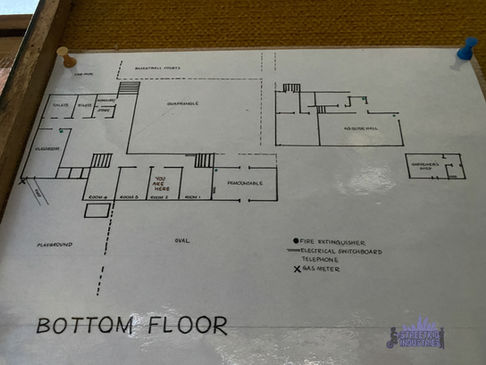WA Deaf School
A request for land consisting of nine acres on a reserve at Cottesloe Beach for a deaf and dumb institution was made to the Commissioner for Crown Lands on 23 December 1986 by a delegation of men representing the Western Australia Deaf and Dumb Institution. The voluntary association who’d formed earlier in the year, were aided by a Government grant. Originally occupying premises in Moore Street, North Perth, they soon required a more suitable building, particularly due to the increase in pupils.
The school was able to secure an 18-month lease at Belvedere House, the residence of the late Richard Roach Jewell. Despite the size of the rooms being inadequate in size, it was clean, well ventilated and faced the river at the very end of East Perth, on the corner of Trafalgar Road and Kensington Street. There are indications that a premises may have once existed on Hay Street in East Perth, though this still requires confirmation.
Committee members of the Western Australia Deaf and Dumb Institution worked tirelessly through the many challenges that arose in achieving the goal of establishing the institution. One of the new committee members in 1899 was that of Thomas Statham, who is better known for establishing Statham’s Quarry in 1894, Statham Brickworks amongst numerous other commercial enterprises.
October 2020

Building the School
The land initially requested had been reserved for park use when Cottesloe was first planned. Instead, a nearby four-acre site close to Cottesloe Beach was offered to the Western Australian Deaf and Dumb Institution — an offer they happily accepted.
A contract worth £1,624 was awarded to build a facility that included accommodation for 18 boarders. The cost came in slightly higher than originally expected, as the sloping site required more extensive foundation work than planned.
The school was completed in 1899, although many sources mistakenly cite 1896—the year the Western Australian Deaf and Dumb Institution was founded as a volunteer organisation supporting people with hearing impairments. It appears to reflect a reliance on previously published material rather than thorough research and fact-checking.
July 2021

.png)
















































